Tarantula Climb Walls? Top 5 Amazing Facts
The sight of a tarantula scaling a vertical surface is both fascinating and a little unnerving. These impressive arachnids are not just confined to the ground; they are adept climbers, capable of navigating walls, trees, and other vertical terrains. But how do tarantulas achieve this seemingly impossible feat? This article delves into the amazing world of tarantula climbing, exploring the biological mechanisms, environmental factors, and behaviors that allow these creatures to defy gravity. Prepare to be amazed by the intricate adaptations that make tarantulas such skilled climbers, and discover some surprising facts about their wall-climbing abilities.
Understanding Tarantula Anatomy
The secret to a tarantula’s climbing prowess lies in its unique anatomy. Several key features contribute to their ability to cling to vertical surfaces. Understanding these features is crucial to appreciating how they climb. Their legs, covered in specialized structures, provide the grip needed to navigate various terrains. Furthermore, tarantulas possess a lightweight exoskeleton, which allows for agility and efficient movement. This section will explore the specific anatomical adaptations that make wall-climbing possible.
Tarsal Claws and Scopulae

At the end of each tarantula leg are two or three tarsal claws, providing initial grip on rough surfaces. However, the real magic happens with scopulae. Scopulae are dense pads of tiny hairs located on the tarsi (feet) of the tarantula. These hairs create an immense amount of surface area, allowing the tarantula to make contact with a surface and create a strong adhesive bond. The effectiveness of scopulae is quite remarkable and is the primary mechanism behind tarantula climbing. These structures are so effective that they allow tarantulas to climb even smooth surfaces like glass.
How Scopulae Work on Walls
Scopulae work through a combination of physical and molecular forces. The tiny hairs of the scopulae create an incredible amount of surface contact with whatever they are climbing on. This close contact allows for the generation of van der Waals forces, which are weak, but numerous, intermolecular forces that create significant adhesion. Furthermore, the scopulae are covered in microscopic ridges and grooves which further enhance grip. The tarantula can control the adhesion by adjusting the angle and pressure of their legs, allowing them to move across surfaces with precision and ease. This complex interplay of biological design is what allows tarantulas to climb walls with such amazing abilities.
The Role of Silk in Climbing
While not as critical as the scopulae, silk also plays a significant role in tarantula climbing. Tarantulas use silk for a variety of purposes, including creating draglines for safety, which can further assist their climbing abilities. Spider silk is incredibly strong, and the dragline serves as a backup system, preventing the tarantula from falling if its grip fails. Furthermore, silk can be used to build webs that act as a further enhancement for climbing and traversing surfaces.
Silk and Grip Enhancement
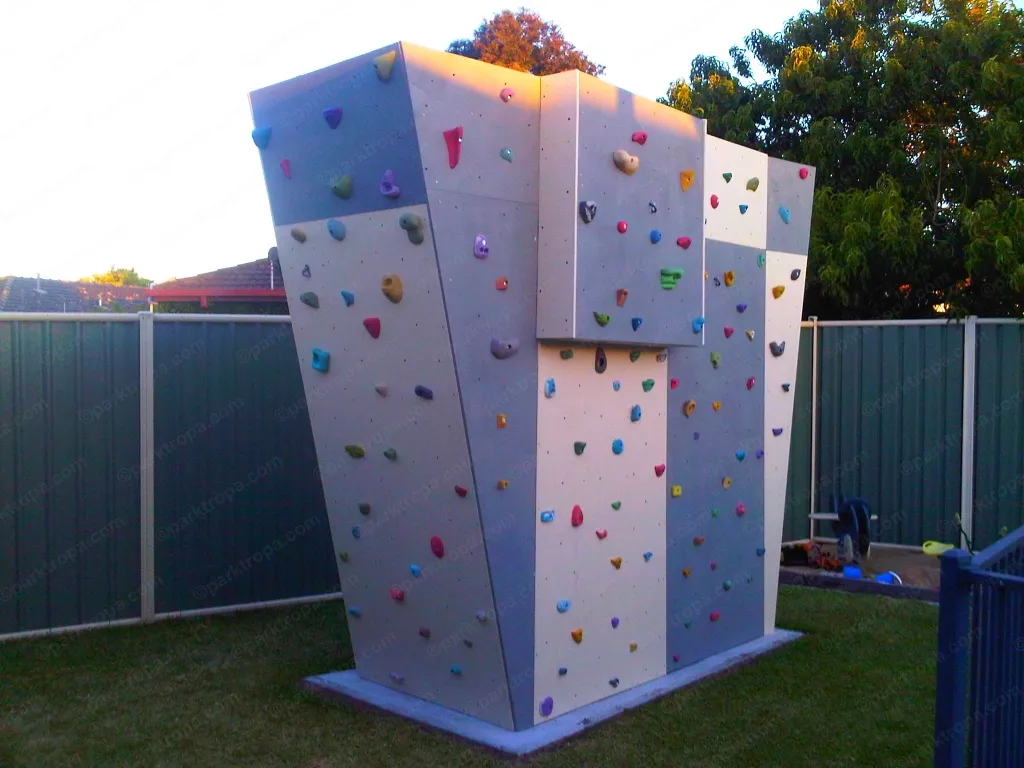
Beyond the basic dragline, silk can enhance grip in some instances. Tarantulas sometimes lay down silk on surfaces to improve traction, especially when dealing with slippery or uneven terrain. The silk provides additional friction and can also act to fill in small gaps or imperfections, improving the overall grip. This is particularly useful when climbing up smooth surfaces or dealing with slippery conditions, allowing the tarantula to climb walls with more confidence and control.
Silk as a Safety Line
The dragline is arguably the most important role of silk when considering climbing. As the tarantula moves up or across a surface, it trails a line of silk behind it. If the tarantula loses its grip, the silk line acts as a safety rope, preventing a fall. This is especially important when climbing up high, as falls can be devastating to the spider. The dragline provides a crucial margin of safety, allowing tarantulas to climb walls with greater confidence and explore their environment without fear of injury.
Environmental Factors Affecting Climbing
The environment significantly influences a tarantula’s climbing ability. Factors like humidity, temperature, and surface texture can affect the effectiveness of the scopulae and the overall climbing performance. A tarantula’s ability to climb walls is not solely dependent on its anatomy but also on the conditions it’s facing. Understanding how the environment shapes these climbing abilities is important to understand the limitations and adaptations of tarantulas.
Humidity and Surface Texture
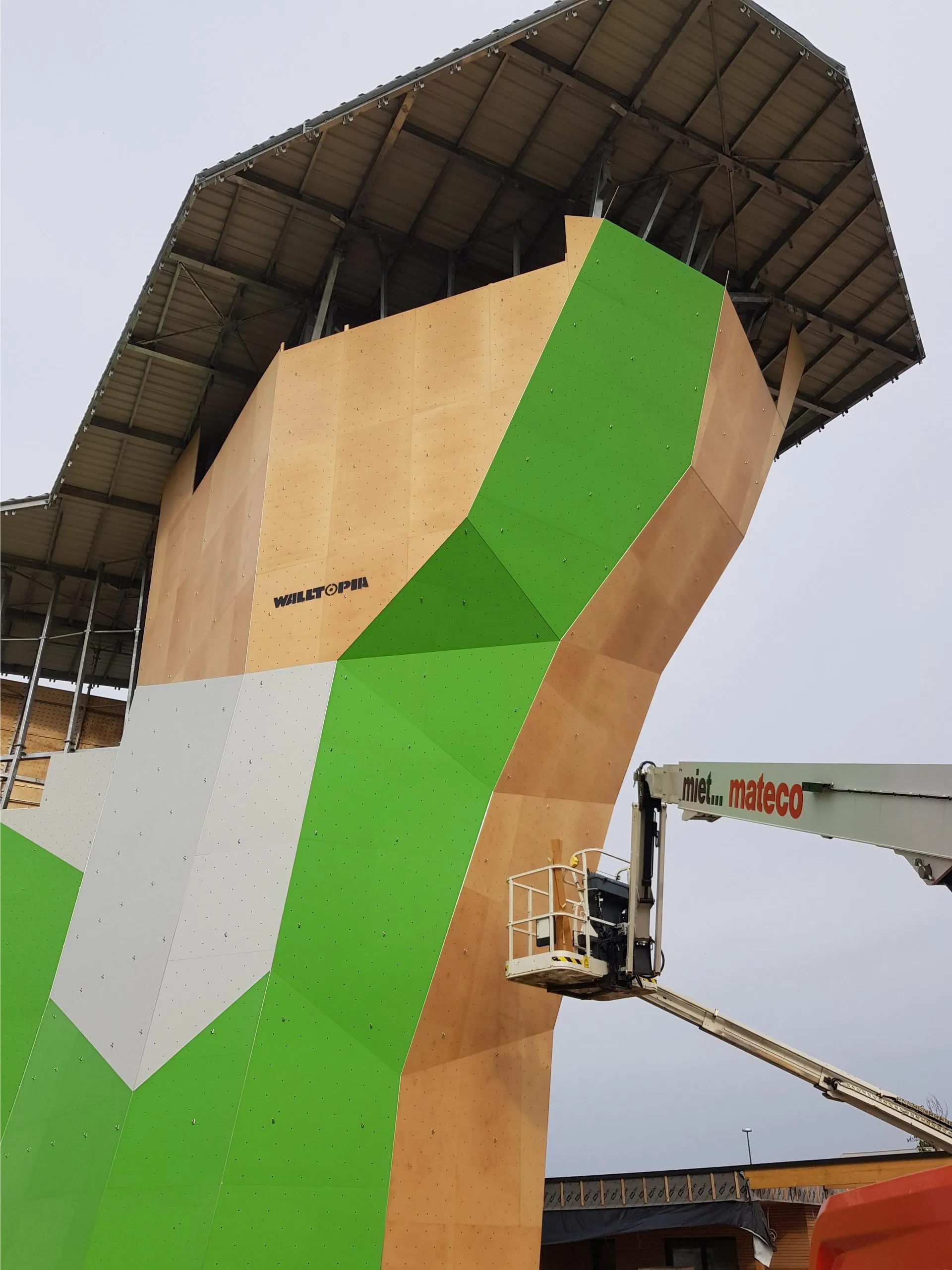
Humidity can influence the adhesion of the scopulae. Too much moisture can reduce the effectiveness of the scopulae, making it harder for the tarantula to grip surfaces. Surface texture is also critical; rough surfaces provide better grip than smooth ones. Tarantulas climb more efficiently on textured surfaces, as the scopulae hairs can interlock more effectively. The ideal environment for a tarantula’s climbing capability involves moderate humidity and surfaces with enough texture for the tarsal claws and scopulae to engage effectively.
Temperature Effects
Temperature can affect the tarantula’s activity level and, therefore, its climbing abilities. In general, tarantulas are more active in warmer temperatures, which may lead to more confident climbing. However, extremely high temperatures can be dangerous and may limit climbing activity. Cold temperatures can slow down the tarantula and make it harder for it to climb. Therefore, optimal temperatures are important for efficient climbing.
The Advantage of Climbing for Tarantulas
Climbing provides several advantages for tarantulas, contributing to their survival and success in various environments. From predator avoidance to hunting strategies and territorial behavior, climbing is a fundamental aspect of a tarantula’s life. Understanding these benefits is crucial to appreciating the evolutionary significance of their climbing capabilities.
Predator Avoidance
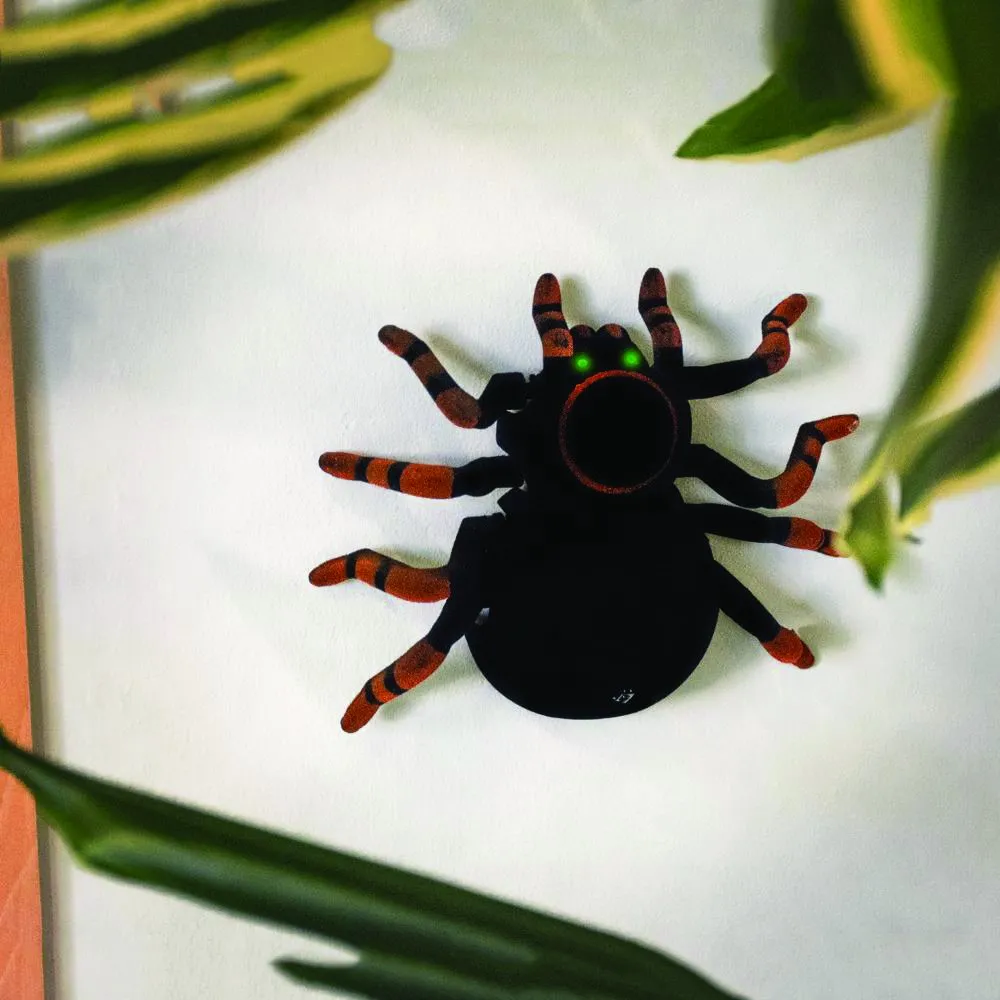
Climbing allows tarantulas to escape predators. When threatened, they can quickly ascend vertical surfaces, avoiding ground-based threats like snakes or larger animals. This behavior increases their survival odds, especially in environments where predators are abundant. The ability to rapidly climb and find a safe spot is a key survival mechanism for tarantulas.
Hunting Strategy
Many tarantulas are ambush predators. Climbing enables them to position themselves in strategic locations, such as on tree trunks or walls, where they can ambush passing prey. This elevated position offers a better vantage point for spotting potential meals and a quicker opportunity for attack. Climbing is an important component of tarantula hunting strategy, enabling them to access more prey.
Territorial Behavior
Tarantulas also use climbing to mark and defend their territories. They may climb to conspicuous locations to display their presence and deter rivals. Climbing to higher positions helps them survey the area and makes them more visible to others. This territorial behavior helps to maintain the tarantula’s survival by securing resources and mates.
Different Climbing Styles
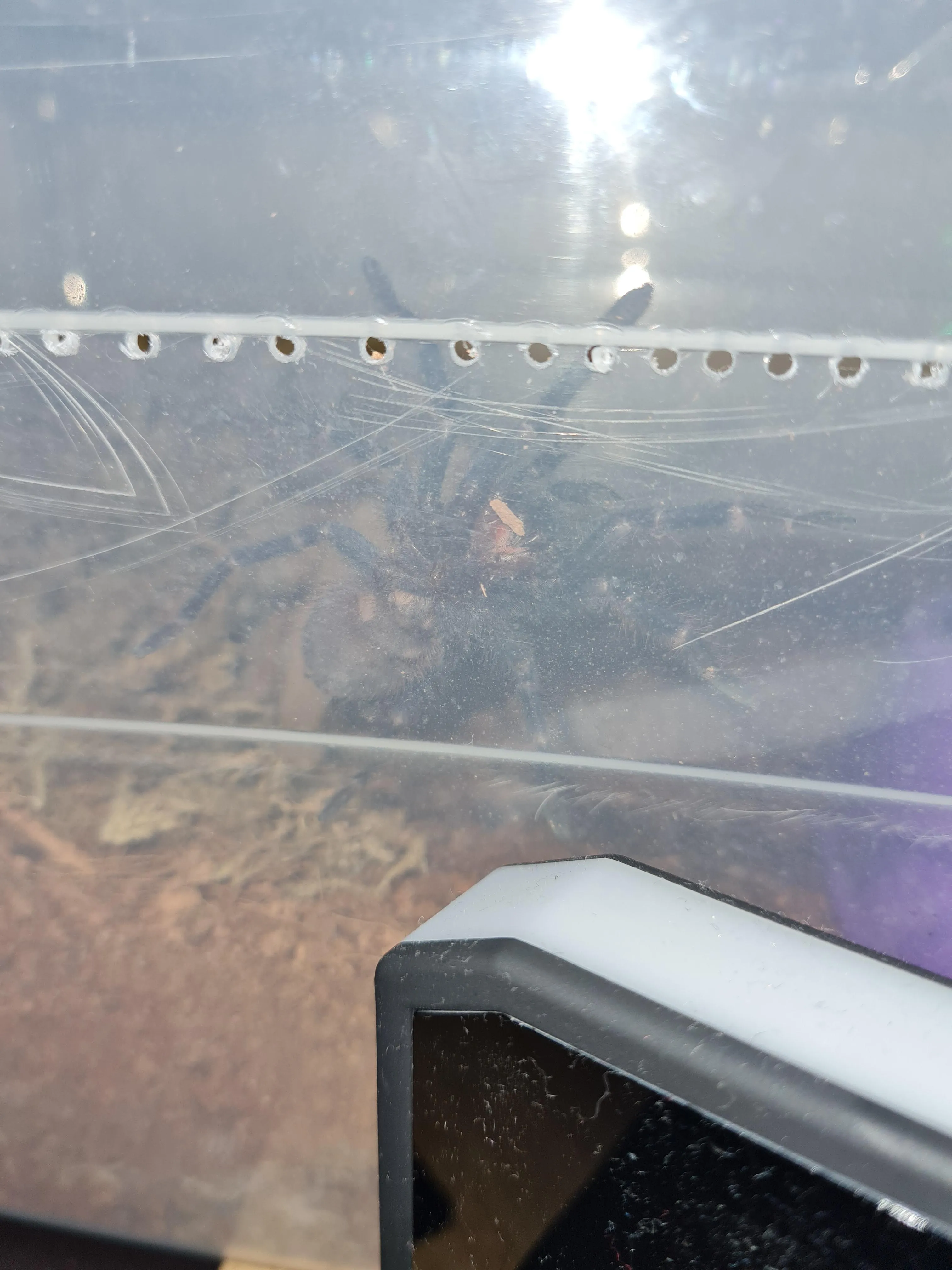
Tarantulas exhibit a variety of climbing styles depending on the species and the surface they are climbing. These different approaches showcase the versatility of their climbing abilities. From smooth surfaces to rough terrain, tarantulas adjust their techniques to navigate their environment effectively.
Climbing on Various Surfaces
Tarantulas are adept at climbing on various surfaces. Whether it’s the smooth surface of glass, the rough bark of a tree, or even the porous surface of concrete, they adapt their climbing techniques to the terrain. On smooth surfaces, they rely heavily on their scopulae, while on rough surfaces, the tarsal claws get more involved. This adaptability allows them to thrive in a wide variety of habitats.
Climbing Techniques for Different Species
Different tarantula species may have evolved unique climbing techniques. Arboreal tarantulas, which live primarily in trees, are often exceptional climbers, with adaptations suited for navigating branches and foliage. Terrestrial tarantulas, while also capable of climbing, may have different preferences and behaviors. This diversity showcases the evolutionary adaptations that have shaped tarantulas’ climbing skills.
Debunking Common Myths about Tarantula Climbing
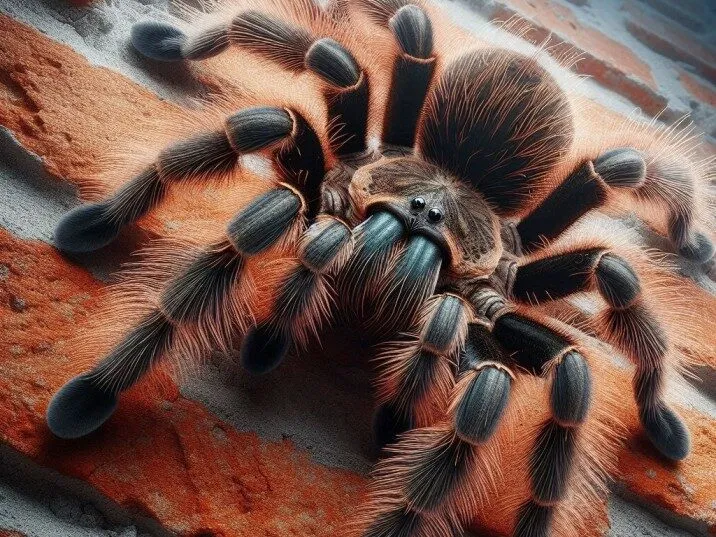
There are several misconceptions about tarantula climbing that should be addressed. Some people believe that tarantulas can climb any surface, while others assume they are only capable of climbing certain textures. Separating fact from fiction provides a clearer understanding of their capabilities and limitations. It is important to consider the different variables that can affect their ability to climb.
In conclusion, tarantulas are extraordinary climbers, thanks to a combination of specialized anatomy, environmental adaptations, and behavioral strategies. Their ability to climb walls and other vertical surfaces is not just a fascinating aspect of their biology, it’s essential for survival and success in their environments. From the microscopic hairs of their scopulae to the strategic use of silk, every adaptation contributes to their impressive climbing skills. Understanding these capabilities enhances the appreciation of these amazing arachnids.
